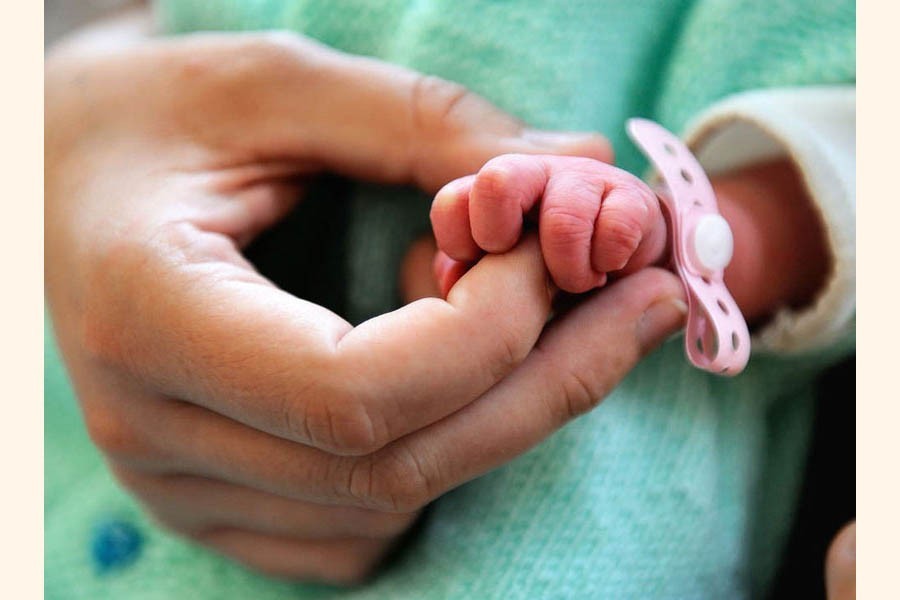Either on the insistence of doctors, mostly at private hospitals and clinics, or in critical situations by the patients' own choice, the option for caesarean section has been on the rise in Bangladesh. The C-section delivery has witnessed a sharp rise in the country, the increase being 8-fold from 2004 to 2017-18. To elaborate, the practice of undergoing the C-section among Bangladeshi mothers in the country was found to be 3.99 per cent in 2004. It jumped to 33.22 per cent in 2017-18. As has been recommended by the WHO (World Health Organisation), the rate of C-section should not exceed 15 per cent of total births. These findings, normally not made public, were disclosed at a seminar organised by the Bangladesh Institute of Development Studies (BIDS).
The event has incisively proved it was time for conducting an in-depth study on C-section delivery against the backdrop of a section of doctors going straight for C-section. At the same time, it also deals with the misuse of 'aided delivery', the dearth of doctors with scruple and trained nurses. That a good number of obscure private clinics in both large and small cities are in business thanks to their sole dependence on C-section cases warrants urgent focus. The study presented by a BIDS Research Fellow has put in all-out efforts to encompass a number of issues tied to the C-section deliveries in Bangladesh. He comes up with a number of startling disclosures like the prevalence of C-section delivery at only 2.0 per cent in villages in 2004. The rate galloped to 29 per cent in 2017-18. To add to this, the study finds that although the C-section cases were high among the urban mothers, 12 per cent in 2004 and 44 per cent in 2017-18, those living in the rural areas also became desperate to utilise C-section services. It's worth mentioning that the overall 'out-of-pocket' cost of a C-section delivery during the study period was about Taka 20,000 in the country.
The study findings have shown that the C-section delivery cases are higher at private hospitals and clinics, with 46.2 per cent in 2014 and 52 per cent in 2017-18 at these facilities. In comparison, the public ones had 12 per cent in 2014, and 10.6 per cent in 2017-18. As has been observed by the BIDS research fellow, there is no monitoring of the healthcare system in Bangladesh. When it comes to C-section deliveries, there are few reliable data on whether birth-related operations prior to the C-section were necessary, the study says. At times the would-be mothers and their relatives are made to agree to C-sections after being convinced that their patients' condition would be in jeopardy without operation, it adds. All these lacunae might prompt the critics against indiscriminate C-sections to call the practice a sheer extortion.
There are few alternatives to normal delivery. But the patients' adverse health conditions at times warrant C-sections. They also become life-saving options. In a country with little or no facility for pre-pregnancy advocacy and awareness sessions for mothers, unnecessary and expensive C-sections can be forced on the expecting mothers. Moreover, the state of the mother-child bond after a natural birth and that developed after an assisted delivery has also to be kept in focus. It's the mothers who want to avoid the myth of acute labour pain and complications are found to opt for C-sections.


